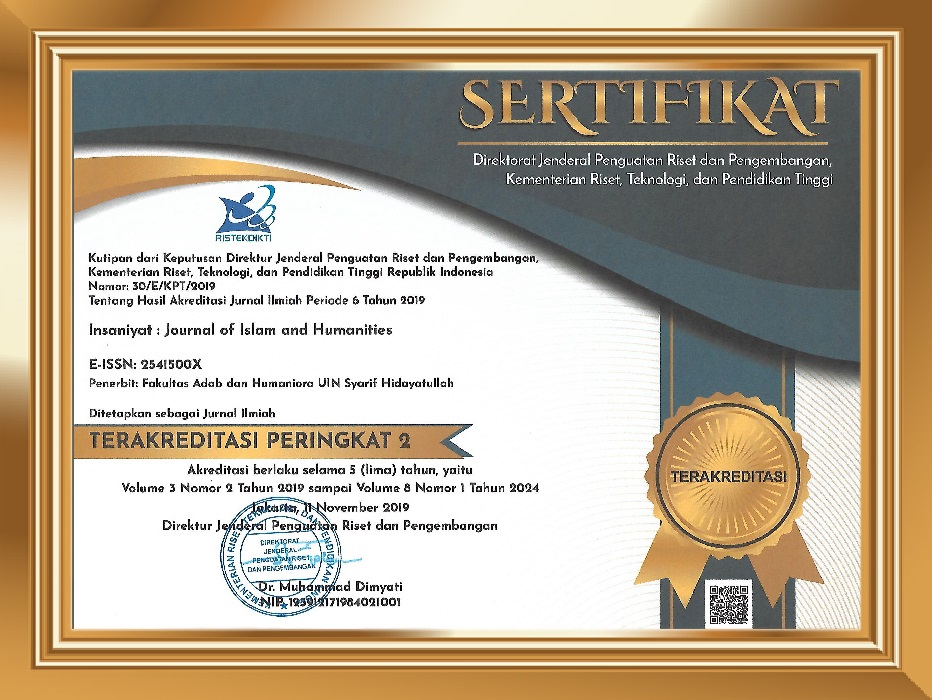The Presence and Roles of University Museums in Indonesia
Abstract
Keywords
References
Faleti, Y. (2017). Why Museums are Still Relevant to Education. Stevenson University.https://www.stevenson.edu/online/about-us/news/museums-education
Filene, B. (2018). History Museums and Identity: Finding “Them,” “Me,” and “Us” in the Gallery. Oxford University Press. www.oxfordhandbooks.com
Geladaki, S., & Papadimitriou, G. (2017). University Museums as Spaces of Education: The Case of the Education of Museum at the University of Athens. Procedia - Social and Behavioral Sciences, 147, 300–306.
Halbwachs, M. (2022). On Collective Memory. The Heritage of Sociology. University of Chicago Press.
Hampp, C., & Schwan, S. (2014). The Role of Authentic Objects in Museums of the History of Science and Technology: Findings from a Visitor Study. International Journal of Science Education, 5(2), 161–181.
Indonesia. (2015). “Peraturan Pemerintah Republik Indonesia No. 66 Tahun 2015 Tentang Museum,”Ketentuan Umum Pasal 2, “Museum mempunyai tugas Pengkajian, Pendidikan dan Kesenangan.”
Jamieson, A. (2017). Object-based Learning: A New Way of Teaching in Arts West. University of Melbourne Collections. Cultural Collections Unit University of Melbourne.
http://hdl.handle.net/11343/194138
Kapukotuwa, A. (2017). Museum Exhibition, Interpretation and Communication Techniques. International Journal of Research in Economics and Social Sciences (IJRESS), 7(2), 168-179.
Kozak, Z. R. (2016). The Role of University Museums and Heritage in the 21st Century. The Museum Review, 1(1).
Lewis, G. D. (2019). Museum Cultural Institution. https://www.britannica.com/topic/museum-cultural-institution
Matassa, F. (2011). Museum Collections Management. Facet Publishing.
Muravska, S., & Stasiuk, I. (2020). University Heritage as An Instrument for the Development of the University Brand. Museologica Brunensia, 9(2).
Redondo, R. E., & Ortega Martín, J. L. (2015). Motivation: The Road to Successful Learning. Profile, 17(2), 125–136.
Silav, M. (2014). Museums for Children. Procedia - Social and Behavioral Sciences, 122, 357–361.
Stainforth, E. (2016). From Museum to Memory Institution: The Politics of European Culture Online. Museum & Society, 14(2), 323–337.
DOI: 10.15408/insaniyat.v6i2.26128
Refbacks
- There are currently no refbacks.






